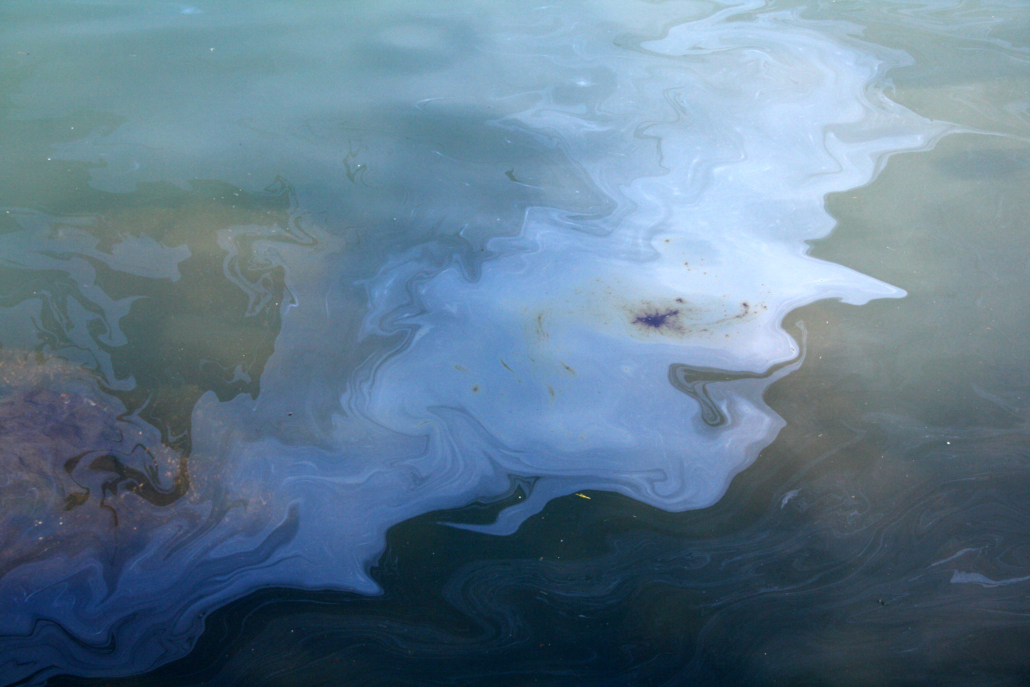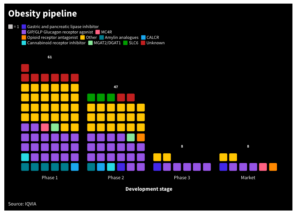
Researchers decipher mystery of oil-eating microbes
Oil-eating bacteria form dendritic biofilms that reshape oil droplets to speed up the rate of consumption
A French-British team of microbiologists have found out, how Alcanivorax borkumensis optimises oil biodegradation and consumption. Their discovery might boost research on environmentally friendly ways to clean up nature from waste of the crude oil industry or on advanced strategic bioweapons that might allow attacks on the fossil recourses-based industries.
Obligately hydrocarbonoclastic bacteria such as Alcanivorax borkumensis survive by consuming hydrocarbons as sole carbon and energy source. Since the deciphering of its genomes in 2006, these aerobic, rod-shaped marine bacteria have been genetically optimised to play a greater role in the bioremediation of spilled petroleum worldwide. A. borkumensis that feasts on organic acids and alkanes, bloom during oil spills to exploit alkanes contained within crude oil.
During the consumption of alkanes, individual microorganisms form biofilms around oil droplets. However, how biofilm formation affects the degradation and consumption of hydrocarbons by this bacterial community remained unclear, so far.
To address these questions, the team led by Jean-Francois Rupprecht from University Toulon developed a microfluidic device that allows trapping and real-time imaging of bacteria-covered oil droplets, allowing for the very first time to monitor the full dynamics of biofilm development from initial colonisation of a surface to the complete consumption of oil droplets.
Doing so, the researchers discovered a shift in biofilm morphology that depended on adaptations to oil consumption. In cultures new to oil exposure, the bacteria form a thick spherical biofilm that grows outward from the oil, and the oil droplet remained mostly spherical as it was consumed. However, cultures that had longer exposure to oil formed a thin biofilm with finger-like protrusions the authors call dendritic biofilms.
According to the findings, dendritic biofilms alter the oil-water interfacial tension and buckle and reshape the oil droplets as bacterial cells proliferate. This leads to an increase in the surface area of a droplet, optimizing and accelerating consumption by the ever-growing population of bacteria. Thus, the microbes oil consumption efficiency is not achieved through an increase in their individual ability to metabolise oil but rather by expanding the interfacial properties of the droplet, allowing more A. borkumensis cells to feed simultaneously.
A. borkumensis alone cannot degrade the thousands of hydrocarbons in crude oil. This requires a diverse community of microbes, interacting with each other and sometimes competing, experts commented the findings. Translating from single-species micro-scale interactions with surfaces to macro-scaled multi-species processes will improve our understanding of the mechanisms that drive biodegradation and transport of oil spilled into the oceans.


 IQVIA
IQVIA White House
White House Clarivate
Clarivate